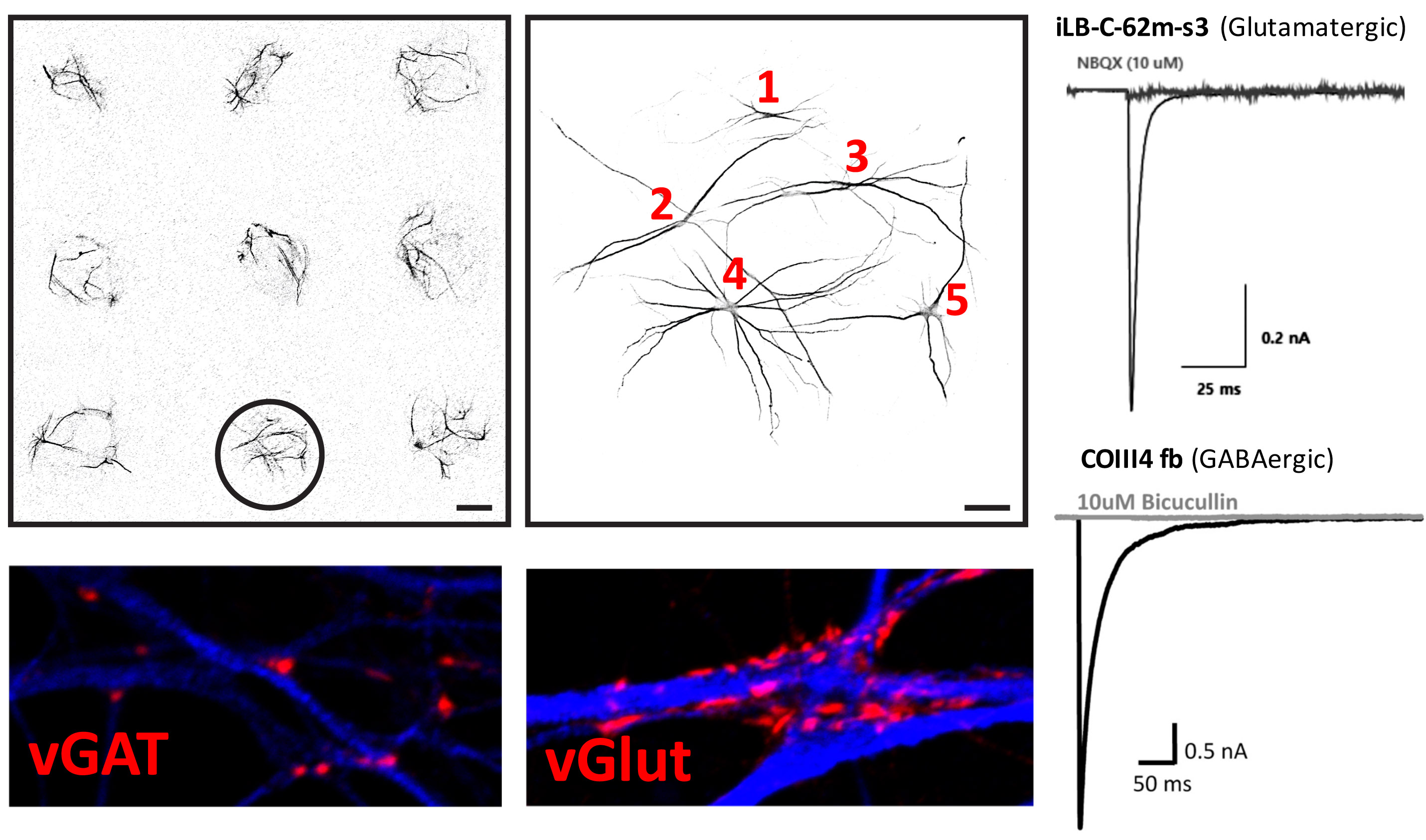
Javier Emperador-Melero, PhD-student at FGA, describes how regulated secretory pathways mature in mixed excitatory/inhibitory micro-networks of human iPS-cell derived neurons.
During the last years, the Functional Genomics department @ CNCR has invested in the design of simple, standardized networks of human neurons derived from re-programming of human somatic (skin) cells. Javier Emperador-Melero, PhD-student in the department, has now published the first paper on these networks that consist of 4-20 excitatory and inhibitory neurons. These networks have functional synapses, show spontaneous activity and a stable excitation/inhibition balance, just like the neural networks in our brain do. Aish Geeyarpuram Nadadhur, another PhD-student involved in this study, has recently submitted a paper characterizing these networks in more detail.

The micro-networks described in this study are of course highly simplified models for the real human brain, but thanks to the high degree of standardization and the excellent experimental control, these networks are a powerful model system to study disorders of the human brain where synapses are suspected to malfunction. The first large scale studies on autism, intellectual disability, schizophrenia and epilepsy are already underway at CNCR (see COSYN, SUN and STXBP1 disorders).
